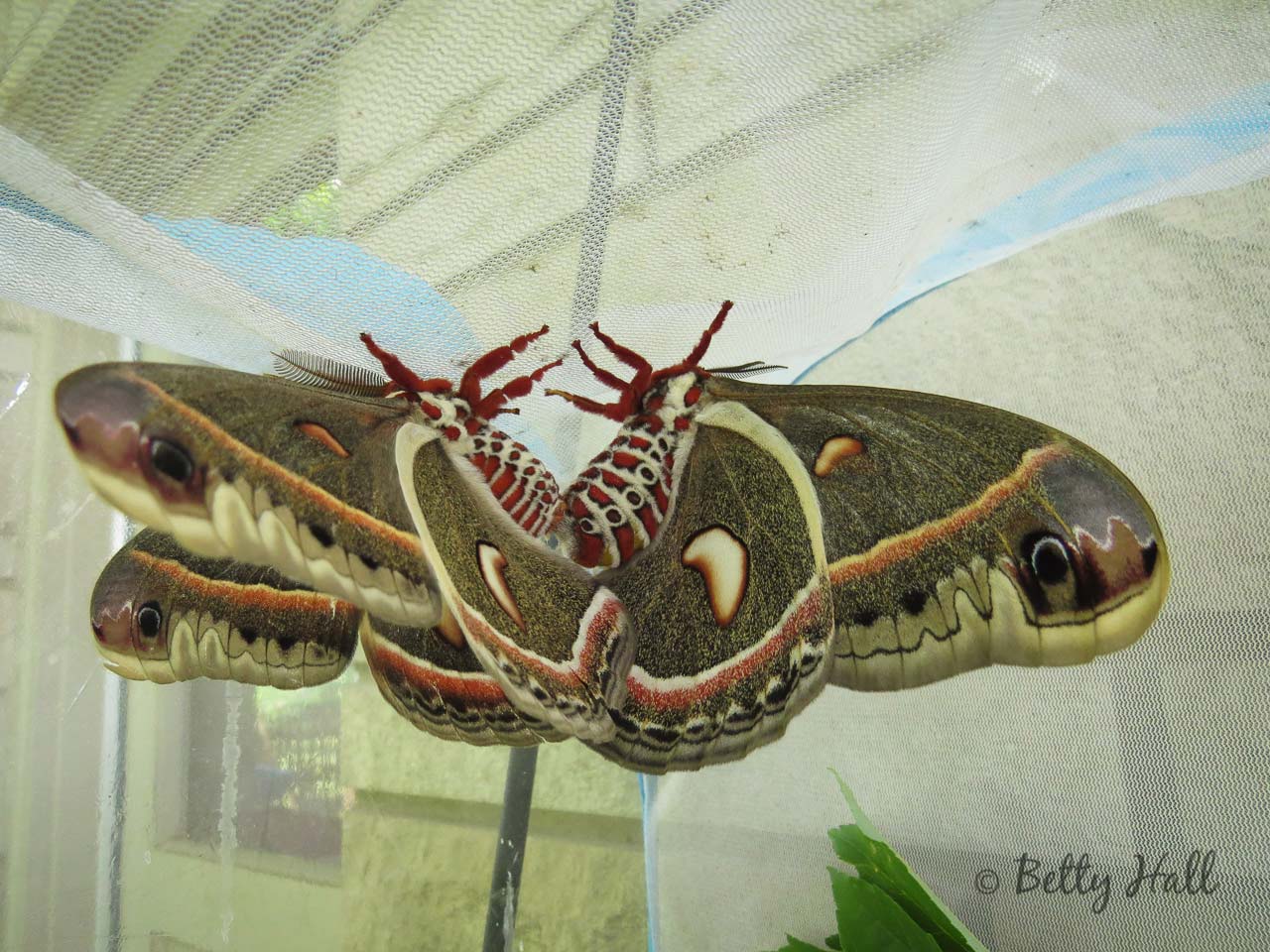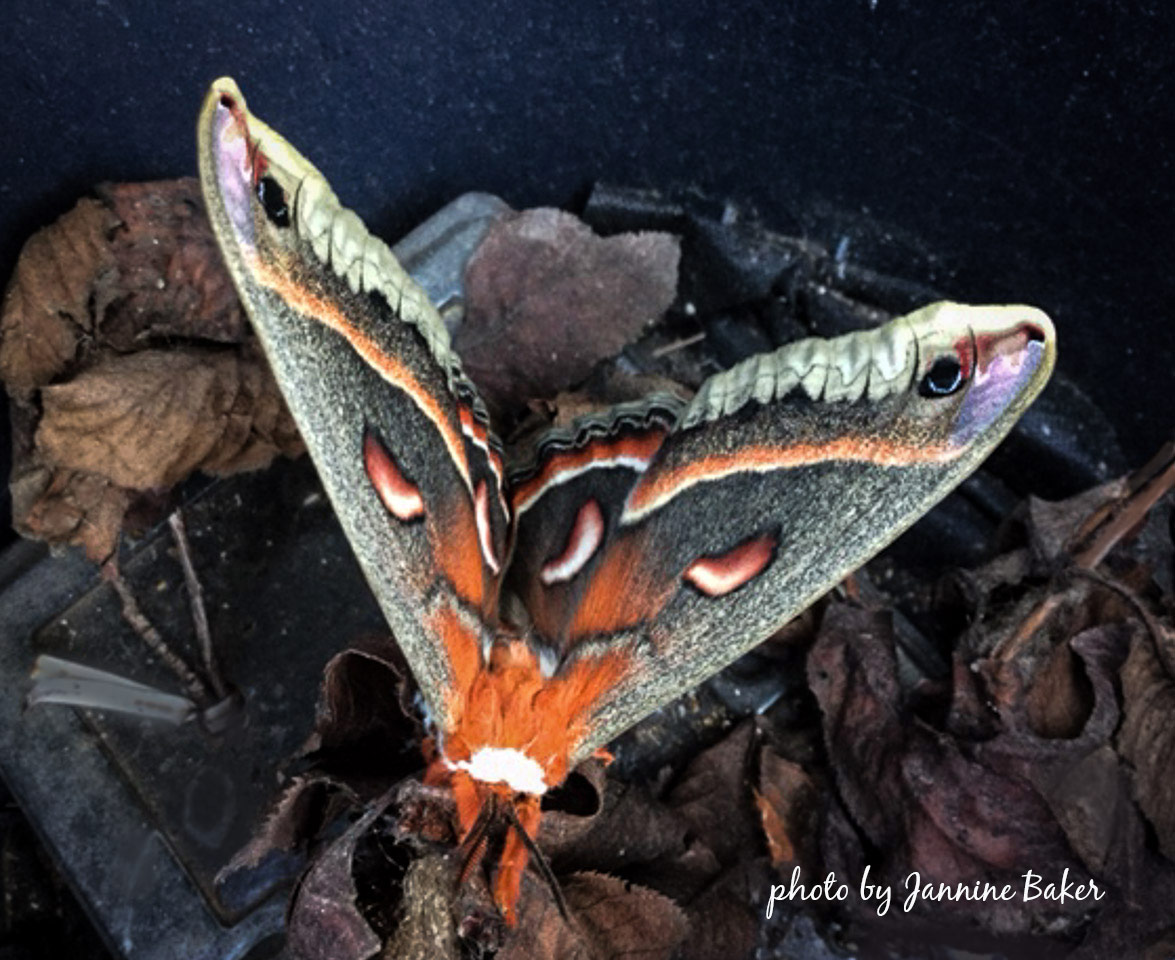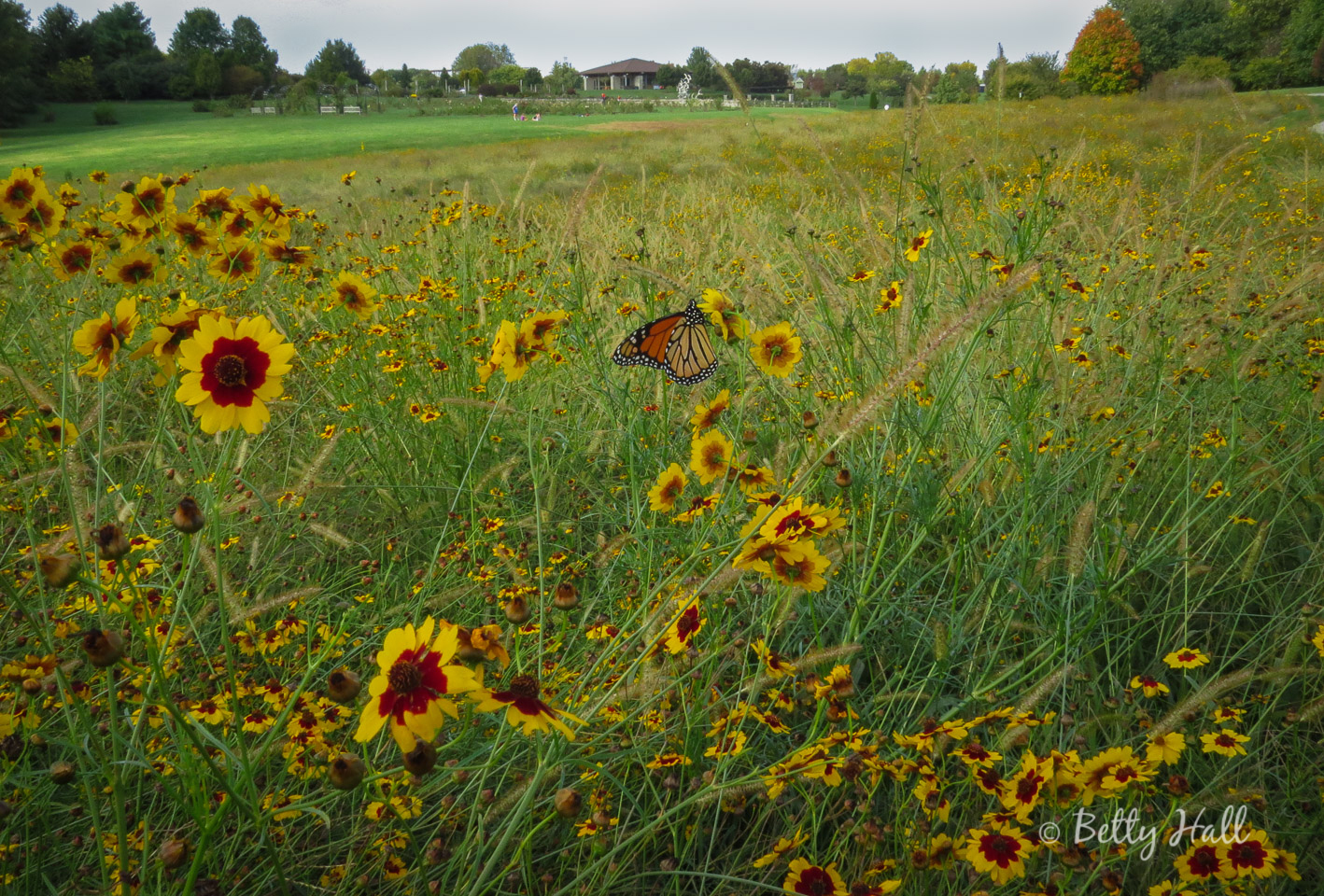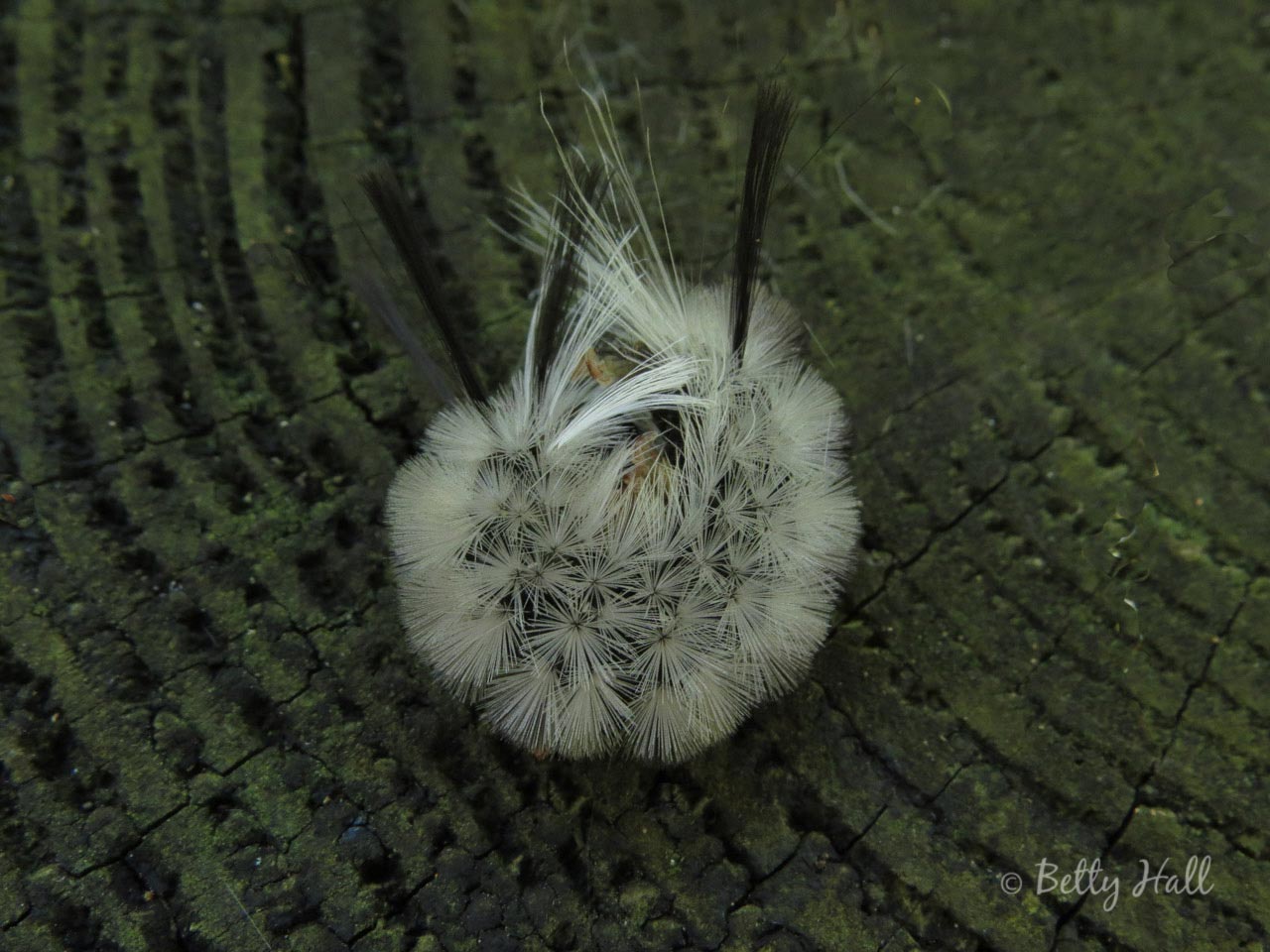For the 4th year, I have Cecropia moth caterpillars (Hyalolphora cecropia). This is a male and female mating early this month. The male is on the left, with larger antennae (click the photo for a larger image). The female proceeded to lay many eggs, and tiny caterpillars have now emerged.
I plan to raise a few of the caterpillars – the rest are available to anyone who’s interested.





